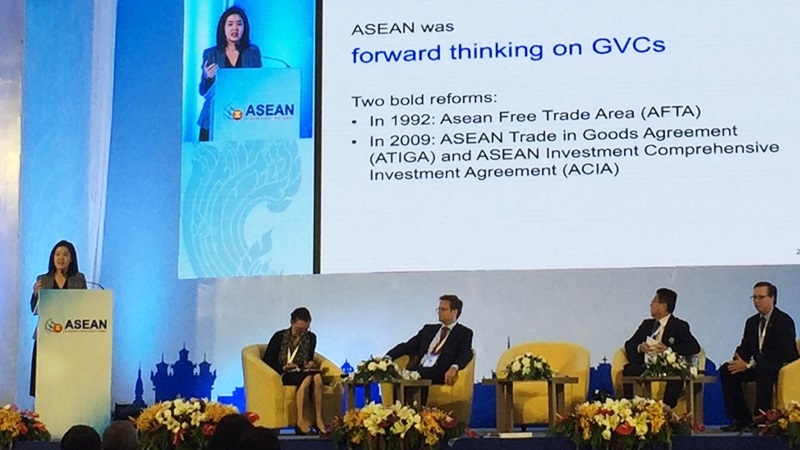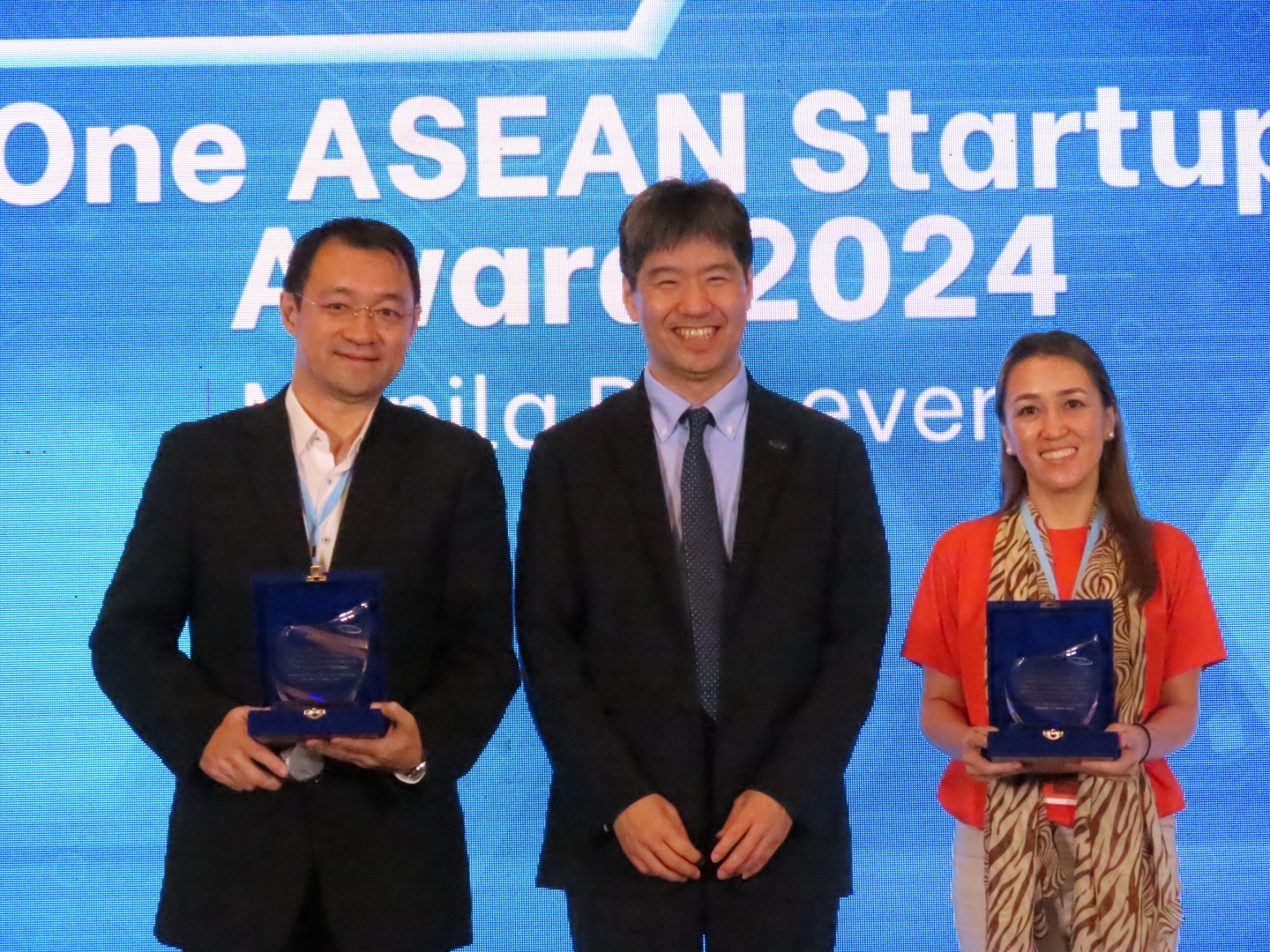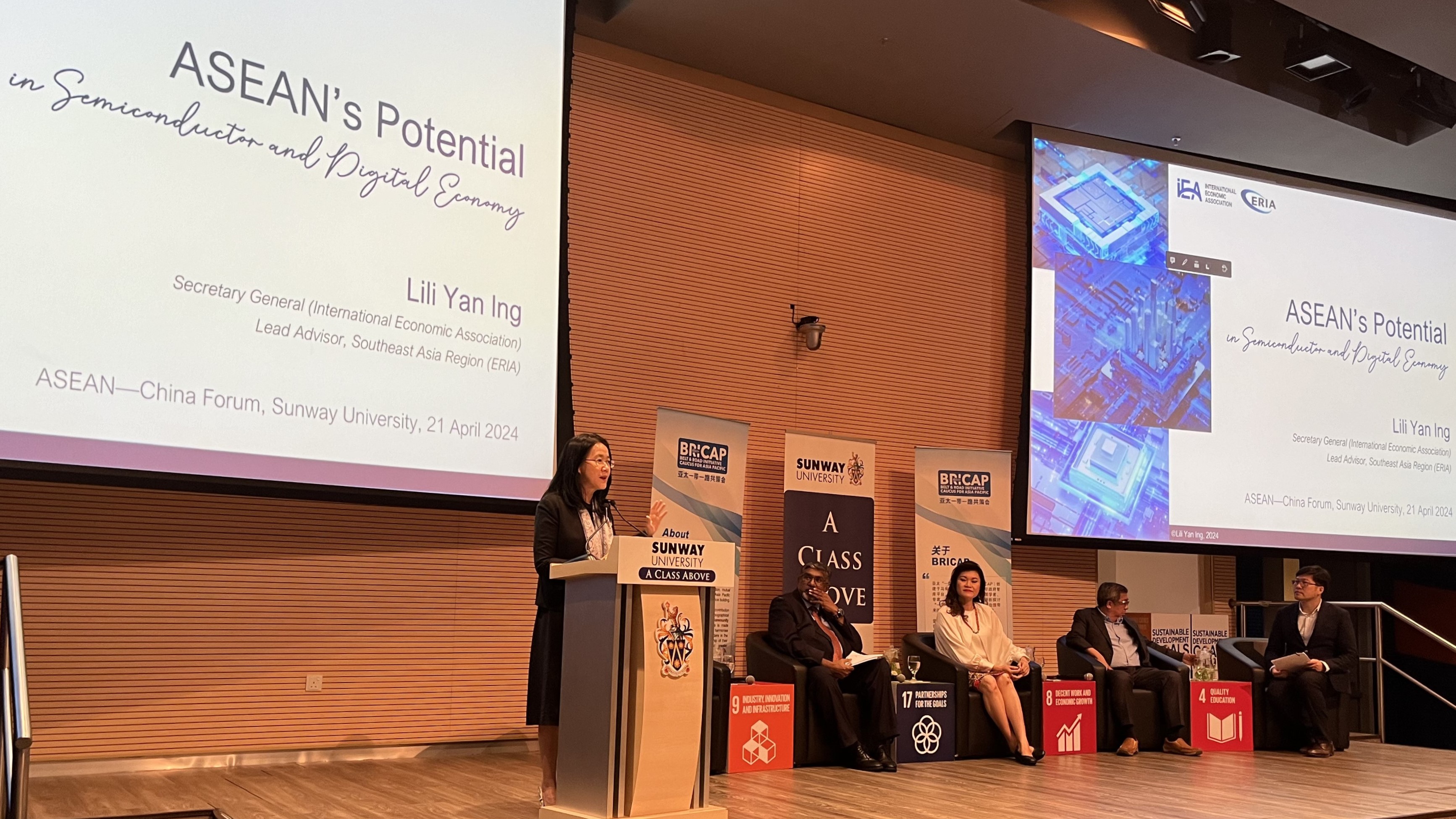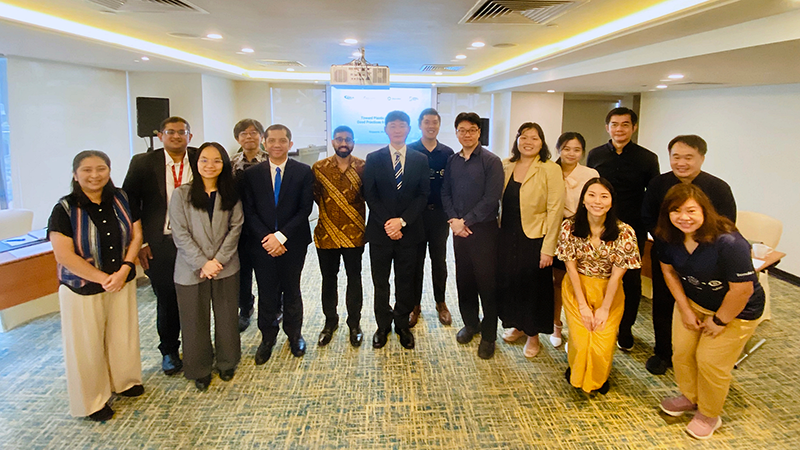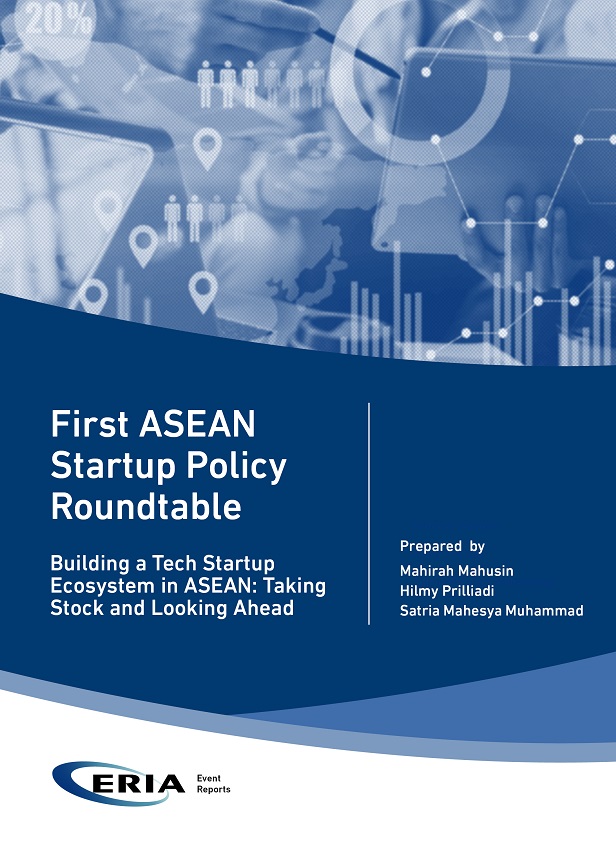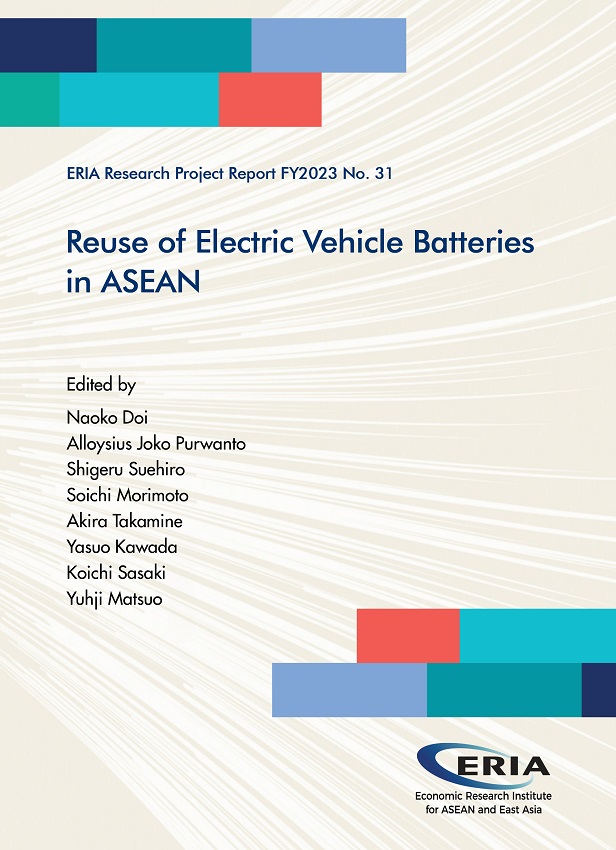ERIA Proposes Two Ways to Escape 'Shallow Integration' in ASEAN
Date:
21 September 2016Category:
NewsTopics:
Economic Integration, Non-Tariff Measures, TradeShare Article:
Print Article:
One of the main challenges for ASEAN moving forward is the risk of 'shallow integration.' If we look at the last 15 years, intra-ASEAN trade only moved from 22% of overall regional trade in 2000 to 24% in 2015.
According to Dr. Lili Yan Ing, Senior Advisor on Trade and Investment at the Executive Office of the President of Indonesia and formerly an economist with the Economic Research Institute for ASEAN and East Asia (ERIA), 'shallow integration' in ASEAN is due to two underlying factors: stringent Rules of Origin (RoO) in a number of sectors and the proliferation and not-transparent in Non-Tariff Measures (NTM).
Speaking at the ASEAN Business and Investment Summit on the side lines of the ASEAN Summit 2016, Dr. Ing outlined two proposals that are key to deepening integration in the region. While ASEAN has been successful in phasing out intra-regional tariffs, trade facilitation needs to go beyond reducing cross-border transaction costs to focus on (i) simplifying RoOs and (ii) improving transparency and conducting regular review and dynamic discipline on NTMs at the national level.
Proposal One: Simplifying Rules of Origin (RoOs)
Despite a relatively simple structure outlined in the ASEAN Trade in Goods Agreement (ATIGA) with a relatively moderate advolorem tariff equivalent of 3.4% (Cadot-Ing, 2015), in practice ATIGA's RoOs have substantial trade-inhibiting effects which varies greatly across sectors, 13% in Footwear, 9% in Leather products, 8% in Apparel and 7% in Prepared food. The first proposal suggests generalization of an 'alternate rule' of Regional Value Content or Change in Tariff Heading (RVC?40% or CTH), while at the same time simplifying RoOs across sector particularly in key sectors like apparel, footware and prepared food.
Proposal Two: Improving Transparency of Non-Tariff Measures
While tariffs were successfully phased out in ASEAN, the number of NTMs have tended to proliferate. ASEAN has successfully reduced the average tariff rates from 8.9% in 2000 to 4.5% in 2015, whereas the total number of NTMs increased from 1.634 measures to 5.975 measures over the same period. To address this issue, ASEAN should go beyond the 'trade negotiation' method and strive for three approaches: regional convergence on best practices, cooperation in Conformance Assessment Procedures, and 'dynamic disciplines' at the national level. Implementation of these approaches must be done at the country level which could be achieved through the creation of an economic council with a mandate to review and improve key business-relevant regulations with the goal of deepening overall ASEAN integration.
